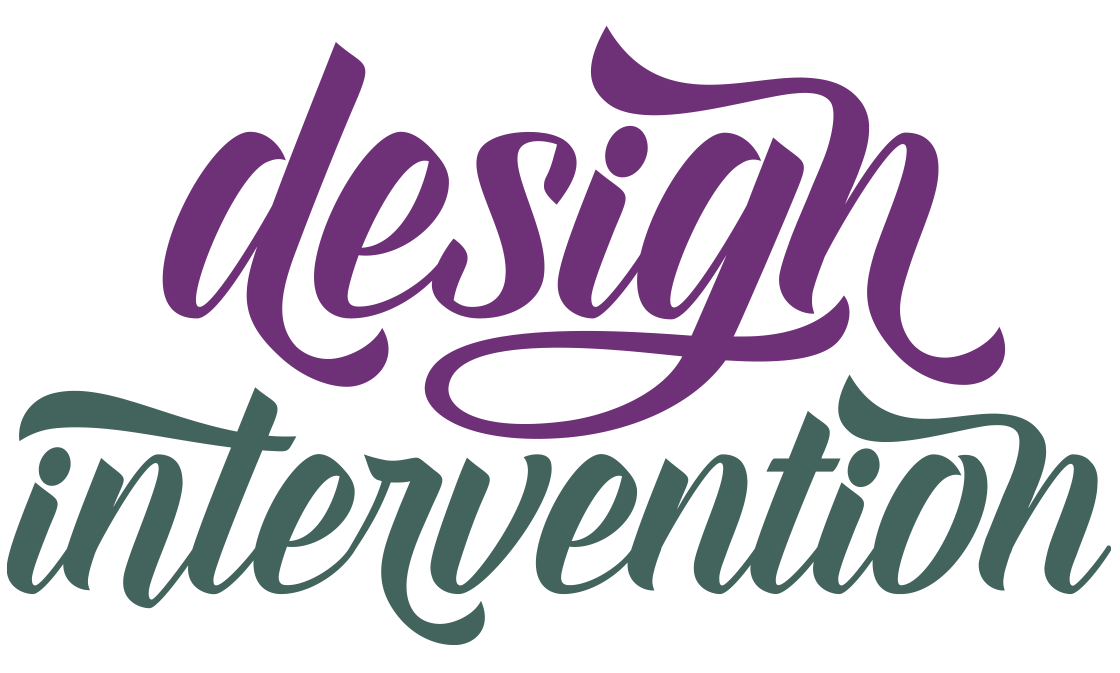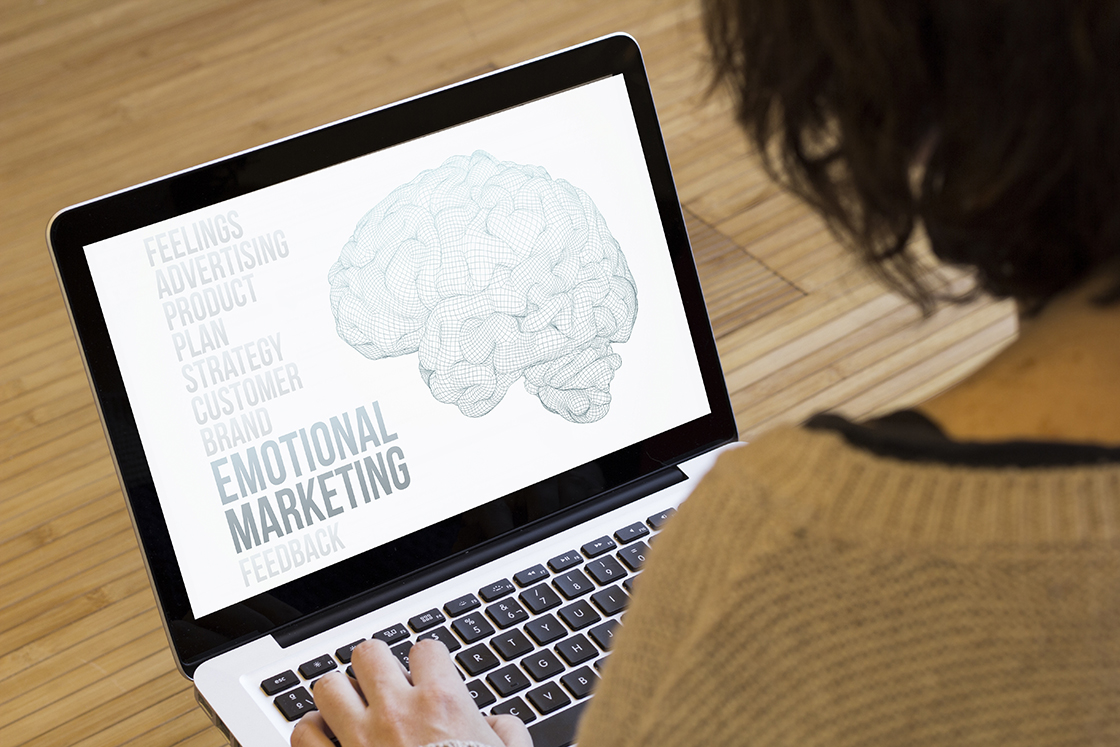Using Psychology to Ethically Influence Customers - Part 3
The Psychological Principals (continued)
Over the last two months, we discussed how customers make a purchase based on emotional/psychological influences. If you haven't read Part 1 and 2, check those out here and here and then come back to Part 3 to learn more emotional marketing strategies.
Below are the remaining pieces of Psychological Principals from the class I recently completed with Arno Burger, Marketing & Business Development Expert at Mindmekka. Using one or two of these emotional marketing strategies in your outreach can help you reach your audience on an emotional level and help them understand why a purchase from you would satisfy their needs over your competitor's.
Scarcity
What is it? It's similar to Loss Aversion in that when we see there is a limited number of something; we feel more of an urgency to buy.
Example: When we are at the store, and we find that there are only two items left on the shelf of our favorite product, we want to buy them both in case there isn't any there the next time we shop. We get the sense this is a favorite item and don't want to miss out on it.
How to use this in marketing: This is one that can easily be used unethically, so be careful to stay truthful in your claims. One way to apply this might be to let customers know that you are only allowing a small, specific number of people to sign-up for your service or product and once those sell you won't be selling anymore for six months. This creates a sense of urgency that makes folks want to act sooner rather than later as they don't want to miss out.
Social Influence & Conformity
What is it? This is the feeling that we are more likely to do something if others have done it already. We all feel a need to gravitate to social conformity to some degree even if we don't realize it.
Example: You are more likely to visit a famous attraction on your vacation if you hear that others like it too.
How to use this in marketing: This is where online reviews, word-of-mouth, and testimonials on your website can make an impact on a potential buyer. When consumers can get an objective viewpoint from others that have used your product or service before them, they are more likely to make that same purchase (assuming your reviews are positive).
Mere Exposure
What is it? It's the idea that the more often we see or hear something, the more we like it.
Example: If we hear a song over and over on the radio and we don't like it at first, our feelings tend to change the more we listen to it, and we eventually may purchase the song.
How to use this in marketing: Get your brand in front of your target audience as much as possible. Use the channels that make the most sense for you—print or digital ads, radio, direct mail, email marketing, etc. and your brand will be viewed more favorably the more those folks see it.
The Decoy Effect
What is it? It's the idea that consumers will change their preference between two options when a third, less appealing option is added.
Example: Let's say a customer can choose between a $3 soda or a larger $5 soda. The customer is more likely to pick the $3 one because the $5 one seems too expensive in comparison, but if you were to add a third option with an ever larger soda for $7 (the decoy), more people would choose the $5 one as the $7 seems too expensive.
How to use this in marketing: If you have a high and a low service package called "Silver" and "Gold" packages, include an even higher third option as the decoy called "Platinum." This way most people would view the "Platinum" option as more than what they need and would choose the "Gold" instead.
The Framing Effect
What is it? How a problem is framed can influence our perception. We favor things framed more positively than negatively.
Example: If a non-profit is trying to raise money for a disease, they will get more donations if they talk about how many people they help as opposed to how many people are suffering.
How to use this in marketing: If you are selling a mostly organic product, you would be better off saying that the product is 95% natural rather than saying it has only 5% synthetic ingredients.
Fewer Options
What is it? When too many options are presented to a customer, they can get overwhelmed and end up buying nothing. Presenting fewer opportunities is more manageable for a customer when making a decision.
Example: Department stores do this by categorizing items into larger groups like "Health & Beauty," "Electronics," "Women's Clothing," etc.
How to use this in marketing: If you have a lot of products or services, categorize them into smaller groups so that it's easier for your potential consumers to make a decision. Make sure you aren't overwhelming them with choices because they may end up buying nothing.
Cognitive Dissonance
What is it? It occurs when your expectations don't align with what's actually happening.
Example: A customer isn't satisfied with the outcome of a service or product they have purchased. They were expecting different results.
How to use this in marketing: Be sure your post-sale customer service is as excellent as your pre-sale support. Be sure to listen to them and educate them on how your product or service meets their needs.
Using Emotional Marketing Ethically
When using emotional marketing strategies, remember that the customer is always thinking about themselves. Before a customer makes a purchase, they want to know what the product or service will do for THEM. Whenever you are talking about your brand, always point out how it will help them solve their problem.
Always be honest in your advertising. Don't make false claims to influence a buyer.
Understanding which emotional marketing strategies to implement and how to implement them will be different for everyone. It depends on your demographics, psychographics, what aligns with your brand and what channels you choose to get your message out there. Know that what you implement now may need to change in the future, and that's ok. I think a lot of folks don't know what to do or are worried it won't be perfect, so they choose to do nothing (a topic for another blog). Need some help implementing a strategy that's right for you? Let's connect.

